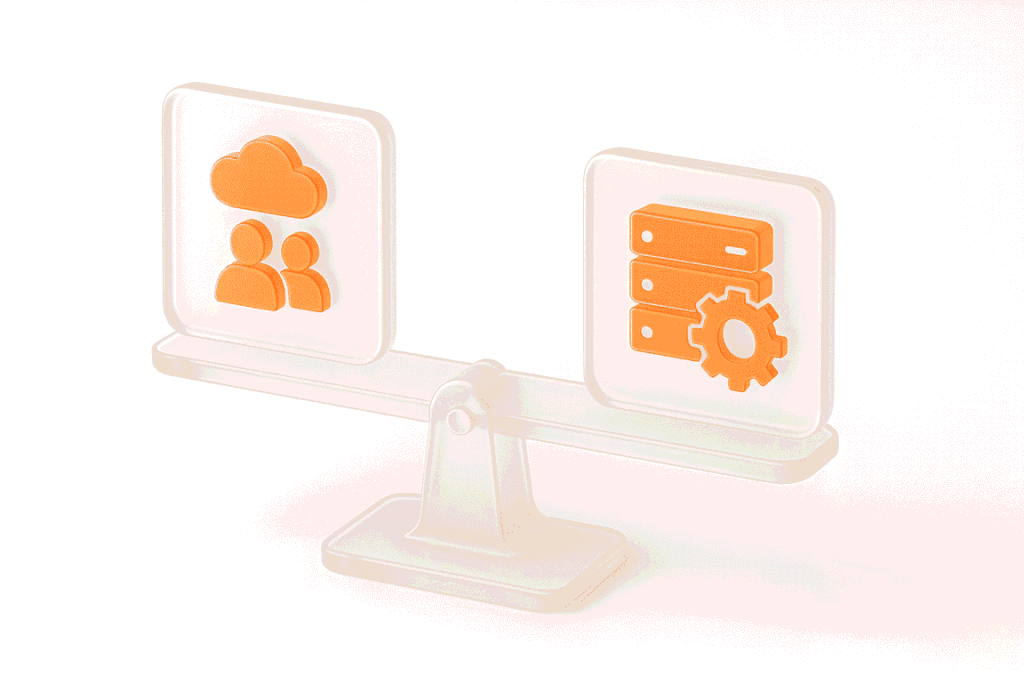The greatest threat to the quality of software products is changing them. Any change to a software product’s source code may introduce bugs, and even experienced developers frequently fail to guess where exactly they will appear. And changing code is not the only source of these bugs. They can result from changing any number of settings, configurations, database records, or permissions.
Software regression testing is the main way to discover these bugs after development is finished. Regression tests are run both testers and developers. On agile teams using continuous integration, automated regression tests are run on nightly and weekly builds and are an excellent addition to unit tests.
One of the most important factors of successful regression testing is the proper level of test coverage. If the coverage is inadequate, then testers may not find critical bugs. But if the coverage is excessive, then testing takes more time and money, and time to market grows. Accordingly, professional testers with extensive experience should be involved in the preparation of test coverage. PFLB specialists undergo training and ISTQB certification before they are allowed to create test coverage. Furthermore, PFLB employs regression testing best practices, including the criticality-complexity matrix, which makes it possible to not only create the optimal coverage but also prioritize test cases based on criticality and test creation time.
Another factor of success is involving subject-matter experts with an excellent understanding of how the software product works. It it desirable to have them approve test cases before the team begins creating them.
The market has a large number of tools that can store and run test cases. PFLB uses TestLink, Jira, HP ALM, Microsoft TFS, and other tools.
For organizations that have been using regression tests for a long time and are searching for a way to solve the problem of increasing test volume and costs, we recommend considering outsourcing QA to us or taking a look at our test automation services. You can also use our remote testing centers, which can reduce expenses by 30%-50%.
If you want to introduce software regression testing to your agile development, we recommend outstaffing PFLB’s certified testers, who will augment your team and ensure robust quality control of your product during ongoing sprints.



